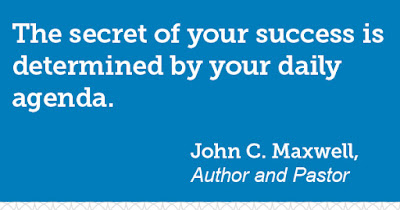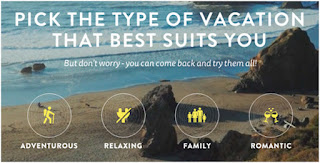Many of us have solid business plans. We set goals—but then we revert to old-school processes and practices instead of using efficient, technology-based organizational tools to help us map out and accomplish the tasks and activities required to reach those goals.
It takes more than good intention to achieve success. I often meet with sales reps who know exactly what they want to accomplish. Their big picture: I want to sell $1MM this year. To make that happen, I need to change the way I service my existing clients, so I will pitch one new idea per month, conduct two business reviews, take the client to lunch quarterly, etc.
These goals are great. But what tools are you using to make sure you’re following up? To hold yourself accountable? In order to be successful, you need to proactively drive the tasks associated with achieving your specific goals. A technology-based organizational system gives you the structure required to manage—and accomplish—those everyday tasks. It allows you to break your plan down into individual tasks, and then prioritize and re-position those tasks, as needed.
 Pick a tool that works for you. There are so many technology platforms and apps available for organization. (I use Wrike for project and task management. It’s a cross between a glorified to-do list and a project management tool.) Wrike displays a dashboard for my day that lists my tasks, including notes, dates, etc. This is my charge: It reflects those things that I’ve consciously and mindfully decided I need to do to accomplish my goals.
Pick a tool that works for you. There are so many technology platforms and apps available for organization. (I use Wrike for project and task management. It’s a cross between a glorified to-do list and a project management tool.) Wrike displays a dashboard for my day that lists my tasks, including notes, dates, etc. This is my charge: It reflects those things that I’ve consciously and mindfully decided I need to do to accomplish my goals.Be intentional. You might be using the notes app on your phone or a pad of paper to keep track of your to-do list. I’ve seen sales reps use these “systems” to organize their tasks, only to result in chaos: Their days run them. Using an organizational system allows you to dictate how you spend your day versus letting email and phone calls take control. It’s the framework that leads to a greater capacity of work and more sales.
Make better decisions. Without forethought, most of us hit the easy button: We choose to spend our time in low-impact areas as opposed to those tasks that ultimately lead to bigger results. Using an organizational system challenges you to make the conscious decision to spend your time on high-level tasks, avoiding low-level distractions.
Jump in with both feet. This is a commitment! Incorporating an organizational system into your everyday routine or practice is a game-changer—but, for it to be effective, you must be fully engaged. I use my program to drive all business and personal tasks—it’s what keeps me on track and helps me manage the things in my life that are most important to me.
I challenge you: Formulate your plan, convert that plan into an executional task list, and implement a tool to help you start crushing your goals. Are you already using an organizational system platform or app? Please share your input with us on facebook.
Bob De Garmo




